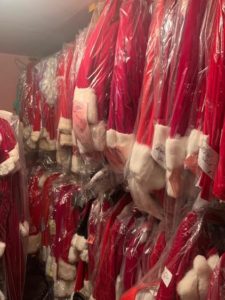Baltimore’s history is more than bricks and mortar…it’s mostly about people! Just as much as our harbor and our great neighborhoods, Baltimore’s longstanding businesses are a central part of what makes our city unique. Baltimore Heritage’s Legacy Business Program highlights the city’s businesses that have survived for over 100 years and are still going today. Thank you to our volunteer, Richard Messick, for his research and writing about Baltimore’s historic businesses.
Check out our Legacy Business tour on Explore Baltimore Heritage!
 When John H. Murphy, Sr. purchased the Afro-American Newspaper in 1897, the idea of sending a poet to cover a civil war in Spain was probably far from his mind, especially a poet as distinguished as Langston Hughes. His paper, after all, had a humble beginning. The Afro, which recently celebrated its 130th anniversary, was founded in 1892 as a church newsletter. It changed hands a few times before being purchased by Mr. Murphy in 1897. He then took this small church paper and expanded the operation to over 100 employees before his death in 1922. His son, Carl Murphy, followed his father as chairman and expanded the operation even further, increasing the circulation to 235,000 by 1945.
When John H. Murphy, Sr. purchased the Afro-American Newspaper in 1897, the idea of sending a poet to cover a civil war in Spain was probably far from his mind, especially a poet as distinguished as Langston Hughes. His paper, after all, had a humble beginning. The Afro, which recently celebrated its 130th anniversary, was founded in 1892 as a church newsletter. It changed hands a few times before being purchased by Mr. Murphy in 1897. He then took this small church paper and expanded the operation to over 100 employees before his death in 1922. His son, Carl Murphy, followed his father as chairman and expanded the operation even further, increasing the circulation to 235,000 by 1945.
It was Carl Murphy who made the decision to hire Hughes to cover the Spanish Civil War in 1937. Though an unusual choice, it was not a singular one. Mr. Hughes joined a rarified group of literary writers who reported on various conflicts, Stephen Crane and Ernest Hemingway among them. The editor-publisher, Carl Murphy, had commissioned Hughes to report on the experience of “colored sympathizers from many lands” who fought on both sides of Spain’s Civil War. He wrote about people who wanted to fight for democracy against fascism. He also wrote about the “Moors” (Muslims from North Africa and Spain) who were used “as canon fodder for Franco.” This was one of the missions of the newspaper after all–to report on the lives of the ordinary “colored” person.

Another aspect of the paper’s mission has been to give fuller accounts of stories that historically the mainstream press has missed. The Afro was one of innumerable newspapers that covered two lynchings on the Eastern Shore of Maryland–Matthew Williams in 1931 and George Armwood in 1933. Their account of the treatment of Williams, for instance, was taken from a light-skinned, African-American who was able to blend into the white crowd and witness the events. This witness reported that Williams was thrown out of the window of a hospital where he was being treated and dragged to the courthouse where he was lynched. Whereas the Baltimore Sun’s account stated that Williams was “taken quietly” from the hospital and “escorted” to the courthouse square. The Sun published an editorial in 2018 apologizing for its woeful shortcomings in the reporting of these two lynchings in Maryland.

Innovative reporting and filling in the details of the lives of their readers are only two of the legacies of The AFRO. Today the 4th and 5th generations of the founder’s family continue to run an operation with offices in Baltimore and Washington, DC.
–Richard Messick



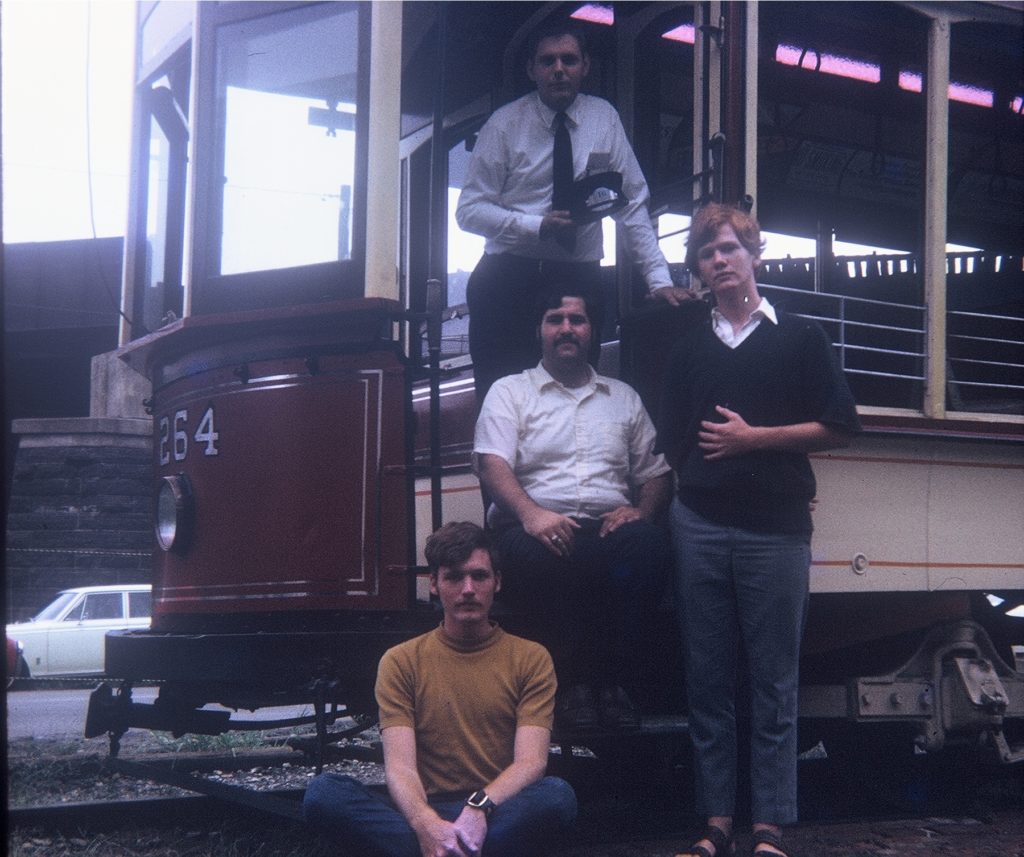
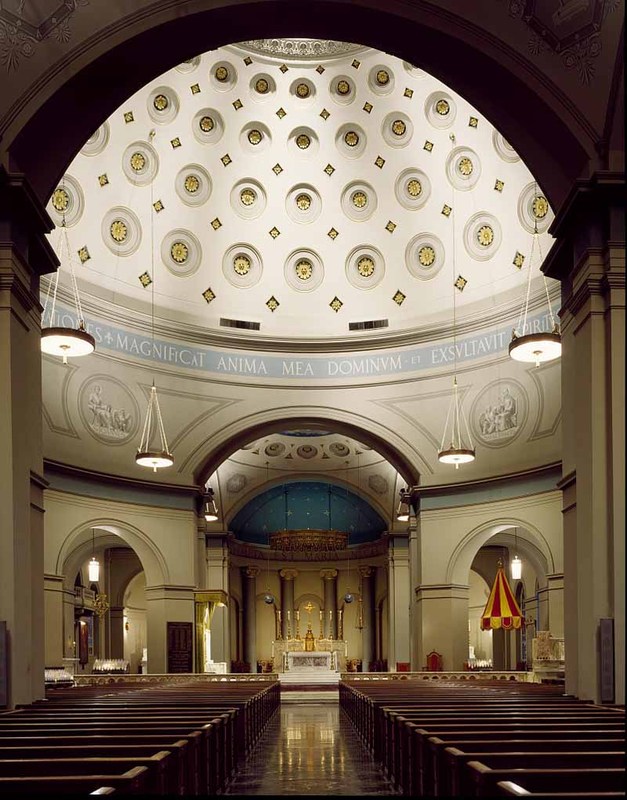
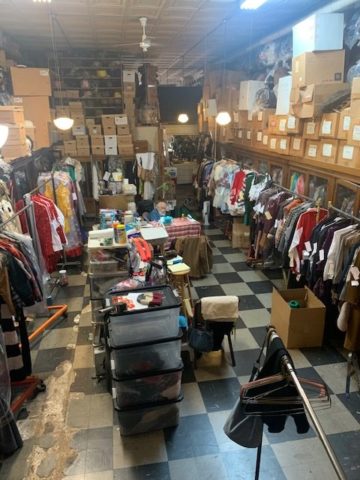
 Alfred Thomas Jones started renting out costumes in 1868. He arrived in Baltimore from North Carolina in the spring of 1861. He was there to collect a $500 prize for a painting he submitted to a contest sponso
Alfred Thomas Jones started renting out costumes in 1868. He arrived in Baltimore from North Carolina in the spring of 1861. He was there to collect a $500 prize for a painting he submitted to a contest sponso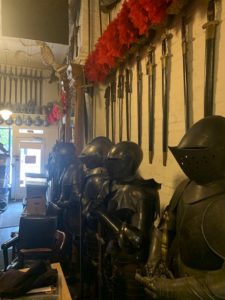
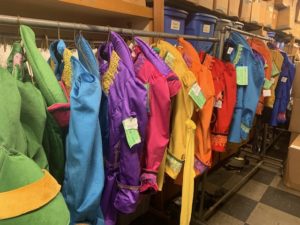 The most loyal and long lasting customer of A.T. Jones & Sons is the Gridiron Club, a journalistic organization in Washington, D.C., made up primarily of news bureau chiefs. It was founded in 1885 and has been renting costumes annually since 1888 for their white-tie banquet that includes satirical skits directed at politicians and journalists. Some of the costumes for this event have been worn by John Glenn, Ronald Reagan, Bill Clinton, and news reporter Bob Schieffer.
The most loyal and long lasting customer of A.T. Jones & Sons is the Gridiron Club, a journalistic organization in Washington, D.C., made up primarily of news bureau chiefs. It was founded in 1885 and has been renting costumes annually since 1888 for their white-tie banquet that includes satirical skits directed at politicians and journalists. Some of the costumes for this event have been worn by John Glenn, Ronald Reagan, Bill Clinton, and news reporter Bob Schieffer.